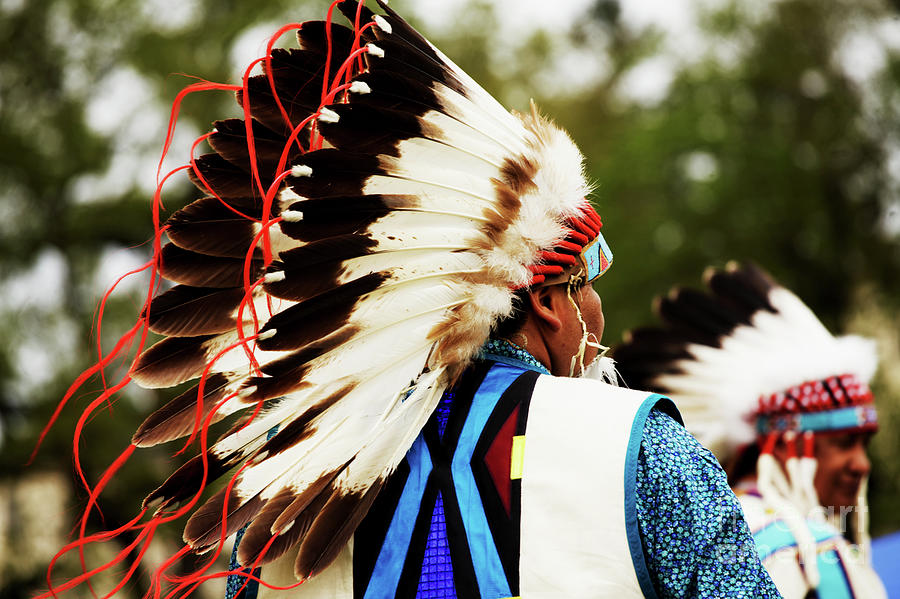If you are the grab & shoot type, move onto another blog or website cause this will bore you and make you a better photographer.....ooops did I catch your attention?
OK grab-n-shoot types are perfectly fine for the weekend get-together, but then you won't need your Nikon D300 or your Canon 5D for that event. So no shame in that. But if you are of the Precise type, I want to discuss the mechanics of setting up a Landscape or Nature shoot.

All DSLR's have important settings which should be taken into account when setting up a shot. Think about the amount of light you have available. In most instances you will have adequate light and can easily create a good picture, but if what you are looking for is an exceptional photo you will be wanting to dial down the ISO. Doing so decreases the noise to the least that your camera body's sensor can manage.But it also introduces a slower shutter speed, if the light is not in-line with your camera's settings set by it's particular manufacturer. And you won't know how this affects your individual image captures without reviewing the Histogram. So start as low as you can reasonably expect to, I usually start at 100, then dial down to 50, & take a careful look at the graph. If it shows too much detail to the left, move it up one setting say to 100 or 200. The opposite is true if it loads up on the right. Then you can afford to shoot at a lower ISO. That is the ideal.
Next when metering lookk carefully at your Exposure setting. This is second nature if you are viewing on the LCD, but is even more precise if using the Histogram. But even before this you will notice the meter in the viewfinder. leaning left demonstrates you need to bring up the exposure setting & leaning to the right tune it down. The needle is supposed to be centered for the best exposure. But then you may purposefully want to expose to the right or left. So before you fire off a series of shots, make sure it is where you want it.
If your camera has available Picture Styles (Canon lingo-apology to Nikoon or Olympus owners) then dig into your Menu & choose the correct Style for your subject. Then too make sure your adjustments of any particular Style, say the Landscape Style is set with the proper adjustments for your shoot. Or leave at all 0's. Then too you might check to see if the Noise Reduction setting (if you have one) is set where you want it. I like mine set to Off, because I am always trying very hard to shoot with the lowest ISO already & don't want to have to sharpen anymore than I have to in Photoshop later.
Make sure you have set your image format to where you want it; JPEG, RAW or both. And what quality do you want? For me I never ever take it off Large for highest resolution images. But I sell my work. You may want to have many shots vs fewer.
White Balance. I leave mine set at Automatic because no matter how much I fiddle with it I find that Canon has done a really fine job at designing this feature. Somw will agree and some won't, but for me I leave the setting alone.
Bracketing: this may or may not be a matter of relevance depending upon your subject and the available light. I find that when I am teetering on the edge of good to not-so-good light I find that setting for 1 below and 1 above center gives me 3 shots to choose from. If I want I can also manually adjust the exposure as much as I like.
When shooting for a particular DOF capture, I may choose to change the AF point by using the Multi-Controller button and wheel. Say I am shooting a grove of aspen. There is a desire for me to pick out one individual tree which I think will make for a better shot than Evaluative or Partial, so I'll either choose Spot & center on that or I will move the AF point where I want it in the Viewfinder.
For the time being I won't go into any other details as I think these are enough to overwhelm even a veteran photographer. Look these over, then if you have any questions, read your Manual. Grab your camera and your manual and go outside for a practice or test shoot. Move through each of the above settings, one at a time, while taking at least 3 shots at each setting. I like finding a comfortable place such as a park bench or a log, depending on your location.
You will begin to produce better photography when researching just a bit with your settings prior to shooting. And the above will get you there much quicker.




Excellent write up on DSL cameras!
ReplyDeleteThanks Shari, I am always looking for ways to help others learning Digital SLR techniques. Appreciate the comment.
ReplyDelete